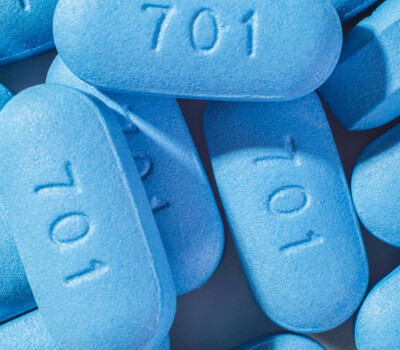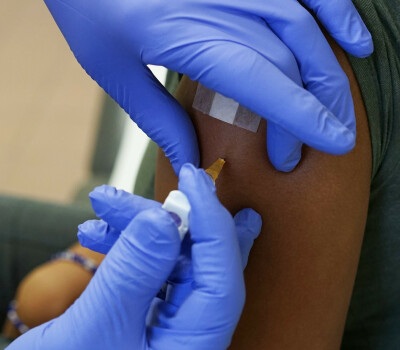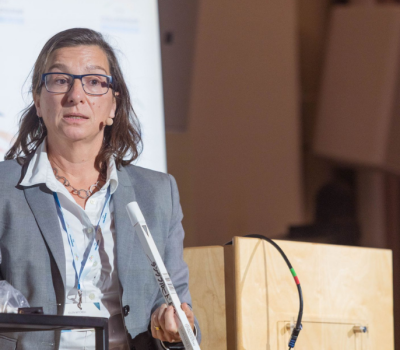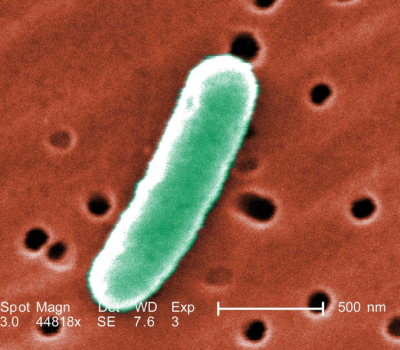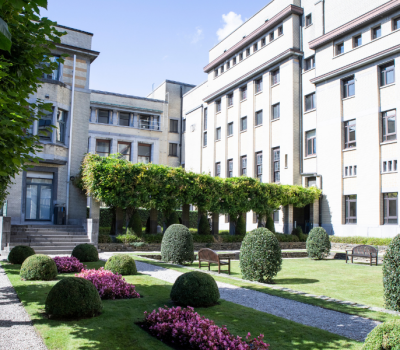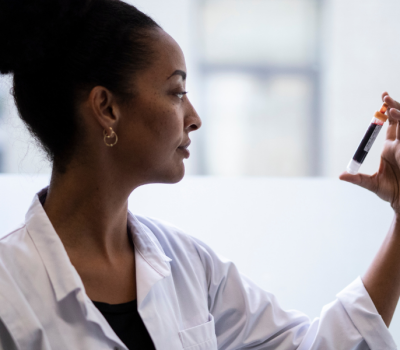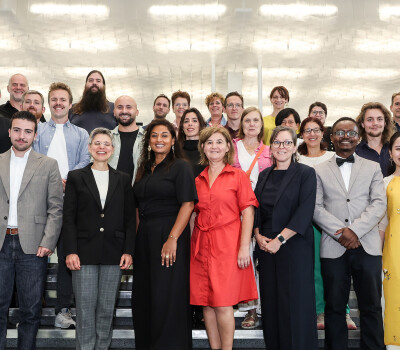New study reveals the scale of severe medicine shortages in Gaza
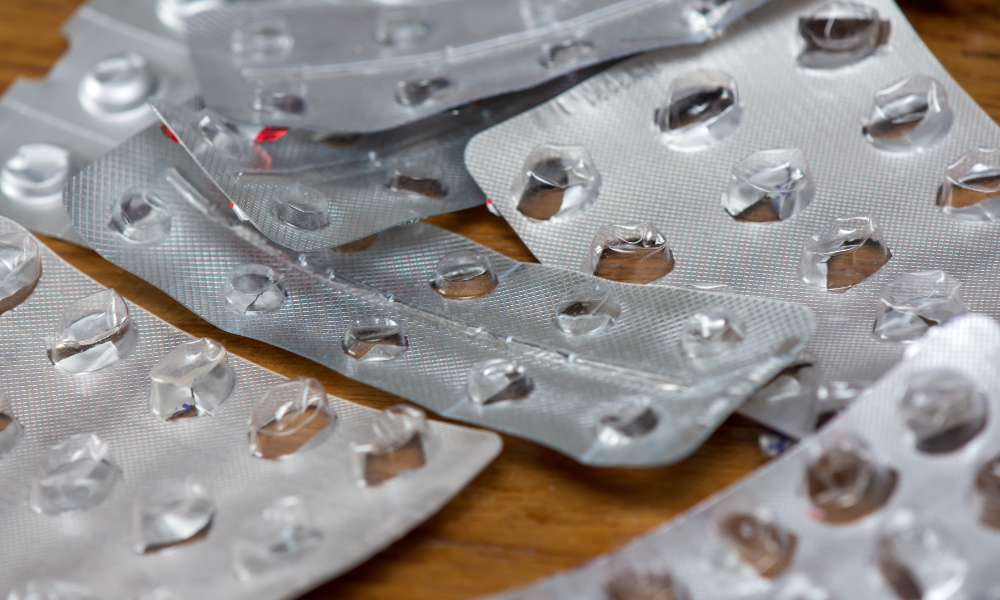
Researchers from the Institute of Tropical Medicine (ITM) in Antwerp, together with partners in Palestine, the United Kingdom, Belgium and Australia, assessed the availability of essential medicines in Gaza. While many reports speak broadly of “shortages,” this study, published in The Lancet as a research letter, provides concrete evidence about medicine scarcities in Gaza.
Researchers examined 25 essential medicines across 14 facilities (3 public hospitals and health centres, 5 humanitarian and relief centres, 6 private pharmacies). A medicine was considered “available” if at least one package was in stock.
Of the 25 medicines examined, only four in public facilities, four in humanitarian centres, and one in private pharmacies met benchmark of 80% availability as defined by the World Health Organization (WHO).
The situation is particularly worrying for patients with chronic conditions. No pharmacy had insulin in stock, and several first-line treatments for diabetes, hypertension and epilepsy were either of very low availability, or were not available in health facilities.
There are significant regional differences. In northern Gaza, on average only 37% of the facilities surveyed had an essential medicine in stock, compared with 54% in the south.
“Even if medicines are on the shelf, most people cannot afford them. In Gaza, nearly the entire population lives in poverty and depends on humanitarian aid,” says Dr Saleh Aljadeeah, a pharmacist and postdoctoral researcher at ITM’s Unit of Pharmaceutical Public Health. “Quality is another issue: lack of electricity and refrigeration compromises medicine quality like insulin. So even when available and affordable, medicines may not be of good quality.”
Adapting guidelines for conflict settings
In this study, healthcare workers completed an online questionnaire indicating whether each of 25 essential medicines was in stock (“yes” or “no”). Since destroyed or non-functional facilities could not be surveyed, the findings reflect conditions in sites that are relatively better resourced.
Building on existing WHO/Health Action International guidelines for measuring medicine availability, the study adapts these methods to conflict-affected settings, such as Northern Syria. This work is part of a broader effort to develop tools and methods for measuring and assessing access to medicines in fragile and conflict-affected settings. Researchers argue that stock levels, not just availability, should be monitored, since a facility may have only one or two packages left.
“Urgent supply of medicines for chronic conditions, like insulin and epilepsy treatments is vital. People are dying not only from bombs but also from lack of medicines,” says Dr Aljadeeah. “Without ceasefire, an end of the blockade, medicine shortages will continue.”
Even before October 2023, medicine availability in Gaza was estimated at just 55%, well below the WHO’s 80% target. The blockade and escalating conflict since then have pushed the health system into collapse.
Dr Aljadeeah is funded by the Research Foundation-Flanders (FWO) as part of his postdoctoral fellowship.
Aljadeeah S, Satheesh G, Hafez S, et al. Availability of essential medicines in 14 remaining health facilities in Gaza. Lancet 2025; published online Sept 26. https://doi.org/10.1016/S0140-6736(25)01819-7
Research letters published in the Correspondence section include research findings and are externally peer-reviewed. Unlike Articles containing original data, research letters are shorter and the research they contain is usually preliminary, exploratory, or reporting on early findings.
Spread the word! Share this story on
